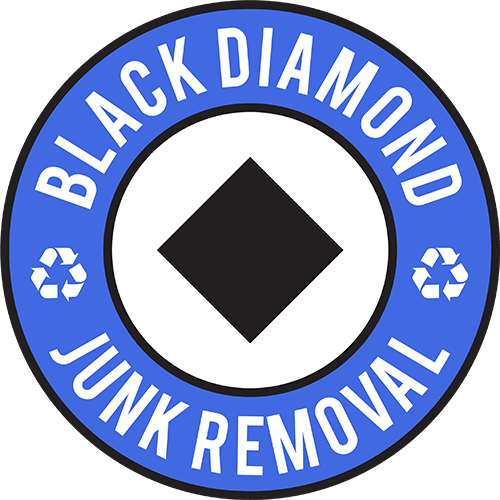They will crawl the links on the pages of your site pointing to the other pages SEO Anomaly on your site (internal links) and they will crawl links (backlinks) pointing to other sites. Using WordPress as your CMS is like giving yourself a head start when it comes to creating a search engine friendly website. There are a few SEO plugins that do the heavy lifting for you, so you don’t need to worry about breaking anything. Understanding SEO and optimizing your site will help you give search engines the information they need, so you can get the results you want. And considering that search engines drive 93% of all website traffic, that’s a lot of potential visits to your site. Review the final layout of your webpage and ensure your content is accessible across mobile and web browsers.
Organizing Content with Clear Headings
In this section, you’ll improve your website’s content, domain authority, and technical elements to make your site more discoverable and beneficial for your target audience. Links are how search engines discover new pages and judge their “authority.” It’s hard to rank for competitive terms without links. PPC, or Pay-Per-Click, is a type of digital marketing where advertisers bid on specific keywords they want their ads to show up for in search results. When someone searches for those keywords, the ads appear at the top of the results page and if clicked on the advertisers pay-per-click.
The higher your pages appear in search results, the greater the chance they are discovered and clicked on. The objective of Search Engine Optimization (SEO) is to attract website visitors who can turn into customers, clients, or a loyal audience that consistently returns. SEO or Search Engine Optimization is defined as the process of improving (optimising) the visibility of a website/webpage on Search Engines, such as Google, Bing, etc.
This means that search engines prioritize conceptual coverage over isolated keywords. For businesses, this means ensuring that your content connects with the broader topic, satisfies search intent, and reflects your expertise. You can receive more visibility from users by utilizing semantic markup, featured snippet optimization, and topic clusters.
According to the query, or the search made, the search results are ordered differently based on how relevant they are to the keyword sought. The ranking of a site, or the position it occupies in the SERP with respect to a particular keyword, depends on how relevant the content is to the search. The goal of SEO strategies is to allow the site to be indexed and rank high in search engine results. We need to open a sidebar to dwell on the differences between indexing and ranking. SEO meaning and explanation, we are going to look at what SEO is and the meaning of the term.
Evaluate these keywords based on search volume and difficulty and consider the user’s search intent. However, while programmatic SEO offers significant advantages in speed and scalability, it comes with potential risks. If the content on these automatically generated pages is thin, repetitive, or lacking in value, users and search engines can perceive it as spam. Google rewards high-quality, user-friendly content and penalizes spam. While good to prioritize, it’s important to avoid keyword stuffing. This is the practice of overusing keywords to aid higher ranking in SERPs.
But it’s not just about content; we lay the technical groundwork too. With our technical SEO services, we ensure your site structure, speed, and crawlability are in top shape, helping your content get discovered, indexed, and ranked the right way. Poor internal linking weakens topic clustering and results in orphan pages that are not well-indexed by search engines.
To succeed with programmatic SEO, each generated page must provide unique, valuable, and relevant content. When done well, programmatic SEO is a powerful tool, especially for targeting low-competition keywords or specific niches that might otherwise be overlooked. PPC, on the other hand, is a form of paid advertising where you pay for clicks.
SEO the meaning of indexing and ranking
An example of SEO is optimizing a website’s title tags and meta descriptions to include relevant keywords, which increases its likelihood of ranking for those search queries. On-page SEO focuses on optimizing individual pages to improve search visibility and user experience. It involves aligning your content, HTML elements, and site structure with SEO best practices. This ensures search engines understand your pages while making them more engaging for visitors. Off-page SEO, on the other hand, involves optimizing external factors, such as backlinks and social media presence, to enhance search engine rankings. It is distinct from on-page SEO, which focuses on content within the website itself.
- SEMrush is the best all-in-one SEO tool you need and it is the most famous SEO tool in the market.
- It’s not easy—you need to find really good web designers who can do this—but it will certainly improve your users’ experience.
- Now, on the other hand, the website ranking in the 1st position on Google Search for the same product has a conversion rate of 10,000.
- Since landing pages are built to convert, their meta descriptions should do the same — by pulling in the right audience from the search results with a clear promise of value.
- Remember that you don’t need to analyze all the metrics all the time, but it is good to have a basic overview of what they mean to avoid data misinterpretation.
The future of local SEO: trends to watch
Google will also include into direct traffic any traffic sources it doesn’t recognize. When Google removes a website or webpage, either temporarily or permanently, from search results, specifically its search index. The process of gathering information, using a crawler, from the billions of public webpages to update, add, and organize webpages in a search engine’s index. The rate (expressed in a percentage) at which website users complete a desired action.

